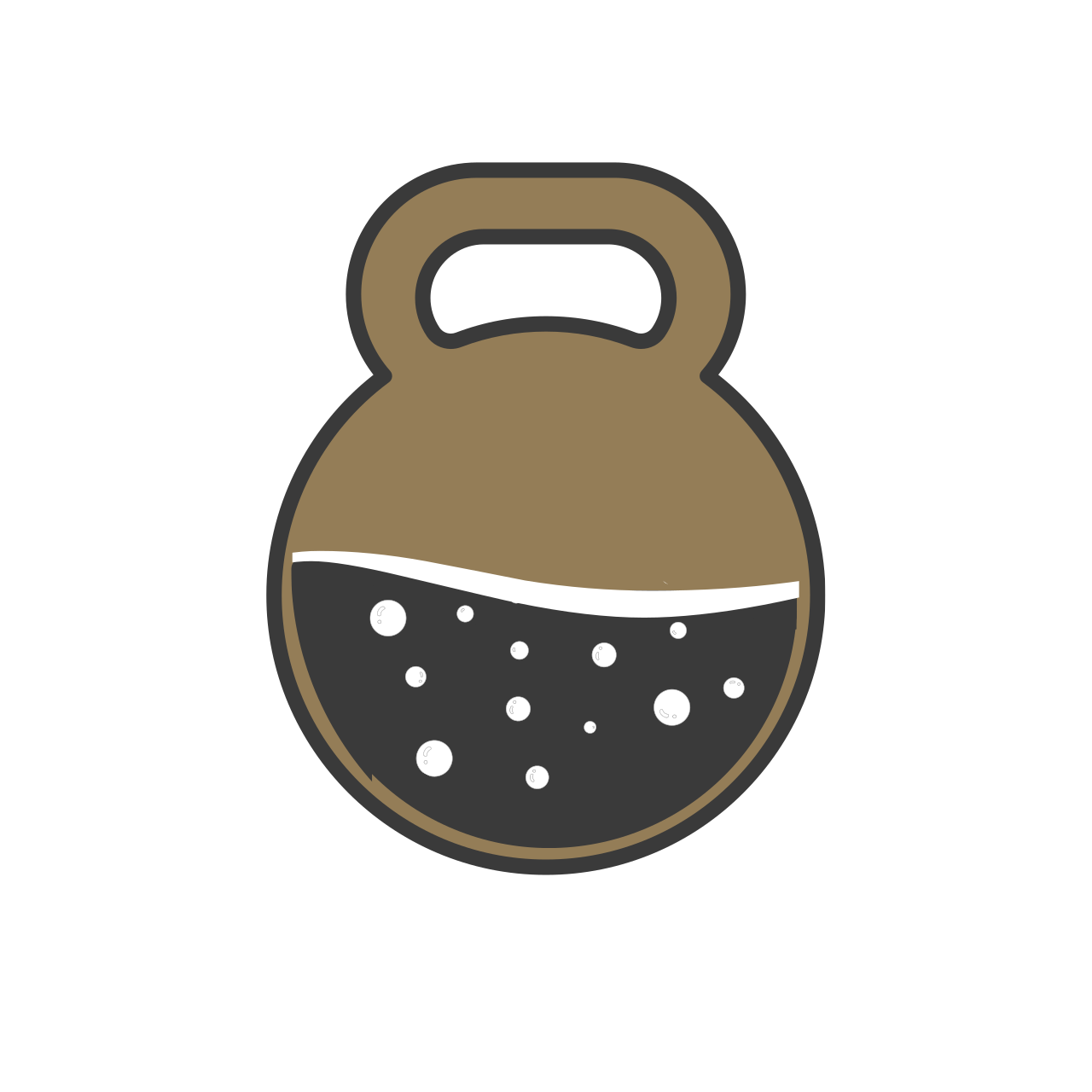Dumbbells vs. Kettlebells: When to Use Each in Your Training
If you're looking to maximize your training efficiency, one of the big questions you might face is whether to use dumbbells or kettlebells. Both are incredibly versatile, but they have unique benefits and purposes depending on your goals. At Control Lab, we pride ourselves on providing education around both of these so that our whenever they find themselves training, they’re comfortable. Let’s dive into when and why to use each in your workouts.
The Basics of Dumbbells and Kettlebells
Dumbbells:
Dumbbells are a staple in most gyms and home setups. They’re typically used in pairs and allow for precise, controlled movements. With adjustable versions, you can easily swap weights, making them a go-to for strength training.
Best for:
Building strength: Whether you're pressing, curling, or rowing, dumbbells are ideal for traditional strength training movements. They provide stability and allow you to focus on targeting specific muscles.
Unilateral exercises: Using one dumbbell at a time for movements like single-arm rows or shoulder presses helps correct muscle imbalances.
Hypertrophy: The consistent load dumbbells offer is excellent for those looking to increase muscle mass.
Kettlebells:
Kettlebells, with their unique handle design and offset center of mass, introduce an entirely different dynamic. Kettlebell training is often more fluid and ballistic, making it perfect for explosive, full-body movements.
Best for:
Explosive power: Movements like swings, snatches, and cleans use kettlebells' unique shape to train power and athleticism.
Functional training: The offset weight challenges your core and stabilizing muscles more than dumbbells, making kettlebells a favorite for functional movement patterns.
Conditioning: Because kettlebell movements are often high-repetition and total-body focused, they’re perfect for adding intensity to your conditioning workouts.
When to Use Dumbbells in Your Training
1. Strength Isolation and Muscle Building: Dumbbells are great for isolating muscles and improving strength in a controlled manner. They allow you to focus on specific areas, making them essential for hypertrophy-focused training. Exercises like chest presses, dumbbell squats, and bicep curls benefit from the controlled, balanced load of a dumbbell.
2. Improving Symmetry and Correcting Imbalances: Because dumbbells allow each limb to work independently, they’re ideal for identifying and correcting strength imbalances. For example, a single-arm shoulder press or one-legged Romanian deadlift can highlight which side of your body needs extra work.
3. Progressive Overload: Dumbbells are easier to increase incrementally, making them excellent for progressively adding more weight over time. This is particularly useful when your goal is to continually increase strength and muscle mass.
Exercises to try with dumbbells:
Chest press
Bent-over row
Dumbbell squat
Lateral raise
When to Use Kettlebells in Your Training
1. Full-Body Conditioning: Kettlebells shine in metabolic conditioning workouts. Movements like the kettlebell swing are great for building cardiovascular endurance, burning fat, and improving overall fitness while engaging multiple muscle groups simultaneously.
2. Functional Movement and Stability: Kettlebells challenge your stability because their center of mass is further from your hand, requiring more core and grip engagement. Moves like kettlebell windmills or Turkish get-ups enhance functional strength and stability, promoting better overall athleticism.
3. Explosive Power and Athleticism: Kettlebell exercises are often dynamic and explosive, which makes them excellent for building power. Whether you’re performing cleans, snatches, or swings, these exercises target fast-twitch muscle fibers, improving speed and strength for sports or high-intensity training.
Exercises to try with kettlebells:
Kettlebell swings (A Control Lab Favorite)
Turkish get-up (Also a Control Lab Favorite)
Kettlebell snatch
Kettlebell clean and press
When to Combine Dumbbells and Kettlebells
For a balanced approach, incorporate both tools into your training. For example, you might use dumbbells for focused strength work and kettlebells for explosive power or conditioning. Combining both in your workout allows you to target different fitness qualities, from muscle growth to endurance and coordination.
Sample Combo Workout:
Dumbbell chest press (Strength focus)
Kettlebell swings (Explosive conditioning)
Dumbbell lunges (Unilateral strength)
Kettlebell snatch (Power development)
Conclusion
The decision between using dumbbells or kettlebells comes down to your training goals. If you’re focusing on strength and muscle growth, dumbbells offer better control and isolation. However, if functional movement, conditioning, or explosive power is your aim, kettlebells will challenge your body in unique ways. The best approach? Use both tools to get a well-rounded workout that builds strength, power, and endurance.
By understanding when to use each, you’ll maximize the effectiveness of your training sessions and reach your fitness goals faster.
If you’d like to learn how to use either of these awesome tools, stop by Control Lab!

